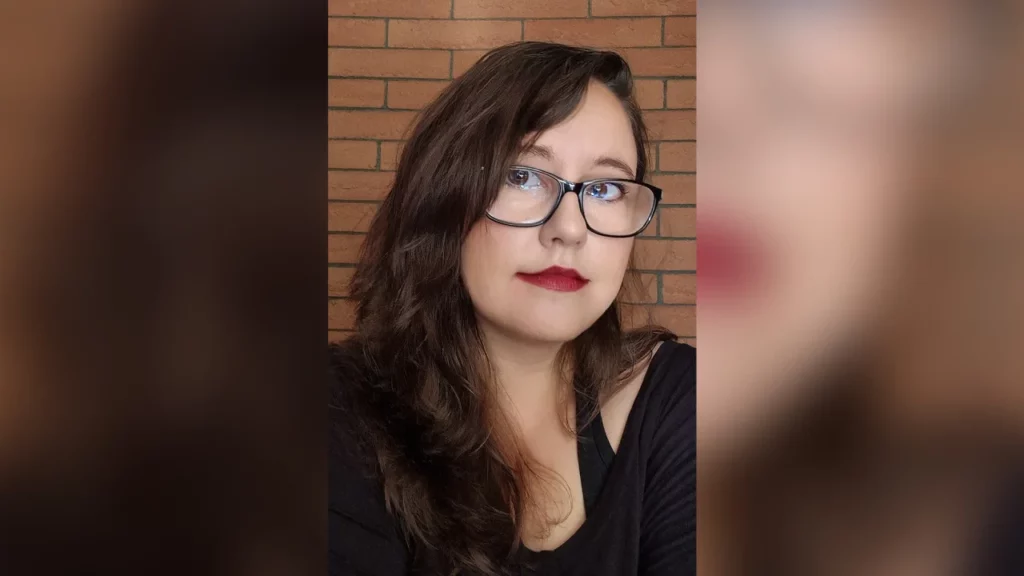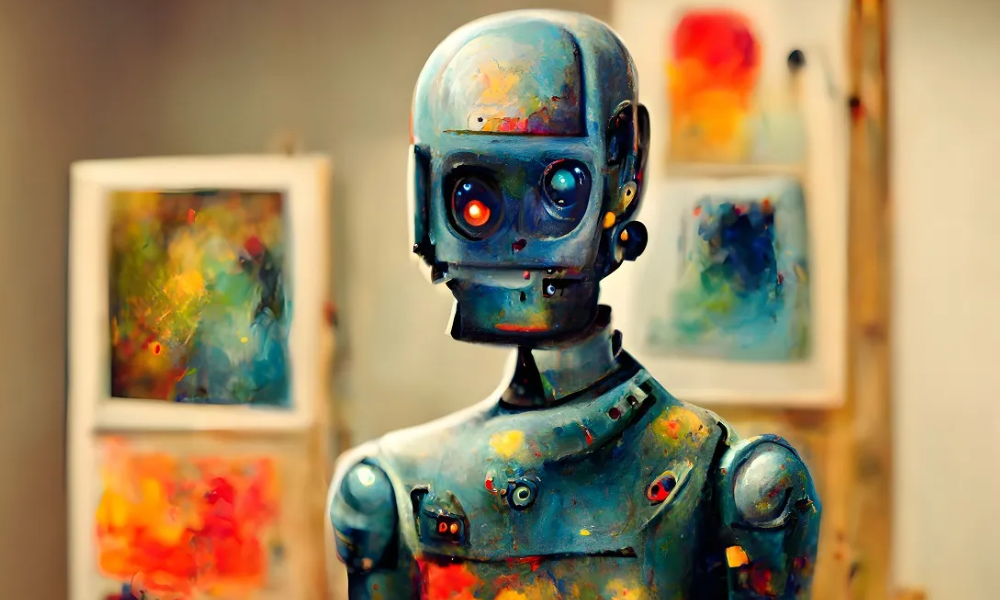For several months, Eveline Fröhlich, who is a visual artist located in Stuttgart, Germany, has been experiencing a sense of powerlessness. This feeling has been triggered by the emergence of new artificial intelligence tools that have the potential to replace human artists’ roles.
To make matters worse, these AI systems have been developed using the creative output of human artists. What’s more, they have done so by covertly collecting images of these artists’ creations from the internet, all without seeking permission or providing any form of payment to the original artists.
Also read: Midjourney Online: Midjourney Ai Online Free ART Generator
“It all felt very doom and gloomy for me,” said Fröhlich, who makes a living selling prints and illustrating book and album covers.
“We’ve never been asked if we’re okay with our pictures being used, ever,” she added. “It was just like, ‘This is mine now, it’s on the internet, I’m going to get to use it.’ Which is ridiculous.”

Not long ago, she discovered a tool called Glaze, created by computer researchers from the University of Chicago. This tool prevents AI models from accurately understanding a piece of artwork by making small, hard-to-notice changes to the pixels. These changes are difficult for humans to see.
“It gave us some way to fight back,” Fröhlich told CNN of Glaze’s public release. “Up until that point, many of us felt so helpless with this situation, because there wasn’t really a good way to keep ourselves safe from it, so that was really the first thing that made me personally aware that: Yes, there is a point in pushing back.”
Fröhlich is among a group of artists who are taking a stand against the excessive influence of artificial intelligence (AI) and seeking methods to safeguard their online images. With the emergence of new tools, it has become easier for individuals to manipulate images, potentially causing chaos or disrupting artists’ livelihoods.
These powerful tools enable users to swiftly generate convincing images by inputting simple instructions, allowing generative AI to handle the rest. For instance, someone can request an AI tool to create a picture of the Pope dressed in a Balenciaga jacket, fooling the online community until the truth behind the image being fake emerges. Generative AI has also amazed users by producing artworks in the style of specific artists; for instance, you can create a cat portrait resembling Vincent Van Gogh’s distinct brushwork.
Nonetheless, these tools also make it simple for malicious actors to appropriate images from your social media profiles and transform them into something entirely different. In extreme cases, this could involve generating non-consensual deepfake pornography using your likeness. Furthermore, visual artists face the risk of unemployment as AI models learn to replicate their unique styles and generate art without their involvement.
Nevertheless, some researchers are taking a stand and devising novel approaches to safeguard people’s photos and images from falling under AI’s control.
‘The era of deepfakes’

In this demonstration released by MIT, a researcher shows a selfie (left) he took with comedian Trevor Noah. The middle photo, an AI-generated fake image, shows how the image looks after he used an AI model to generate a realistic edit of the pair wearing suits. The right image depicts how the researchers’ tool, PhotoGuard, would prevent an attempt by AI models from editing the photo.
This means that if someone tries to edit the photo with AI models after it’s been immunized by PhotoGuard, the results will be “not realistic at all,” according to Salman.
Via: CNN
